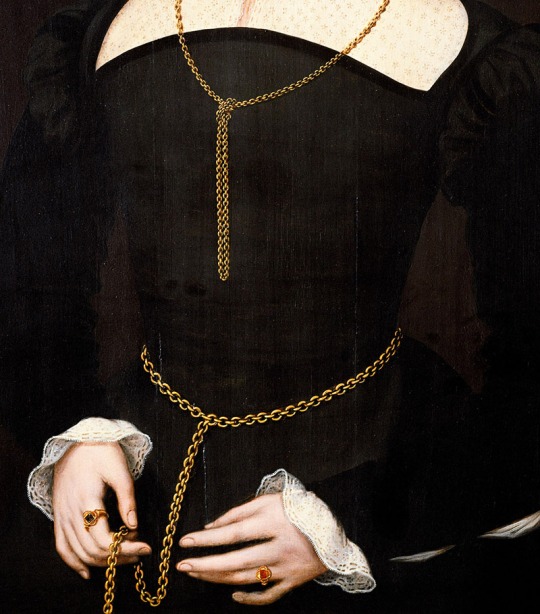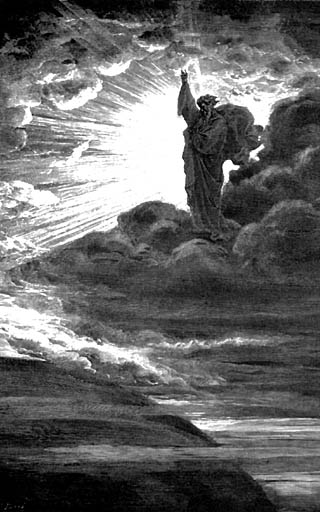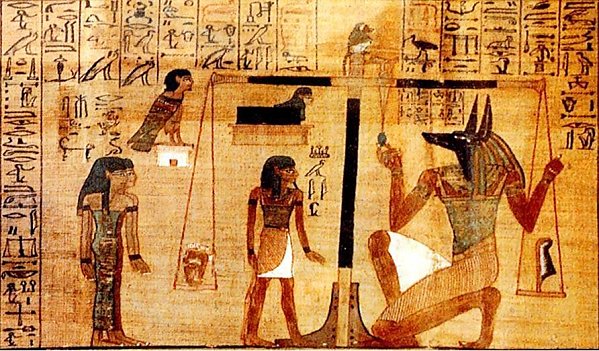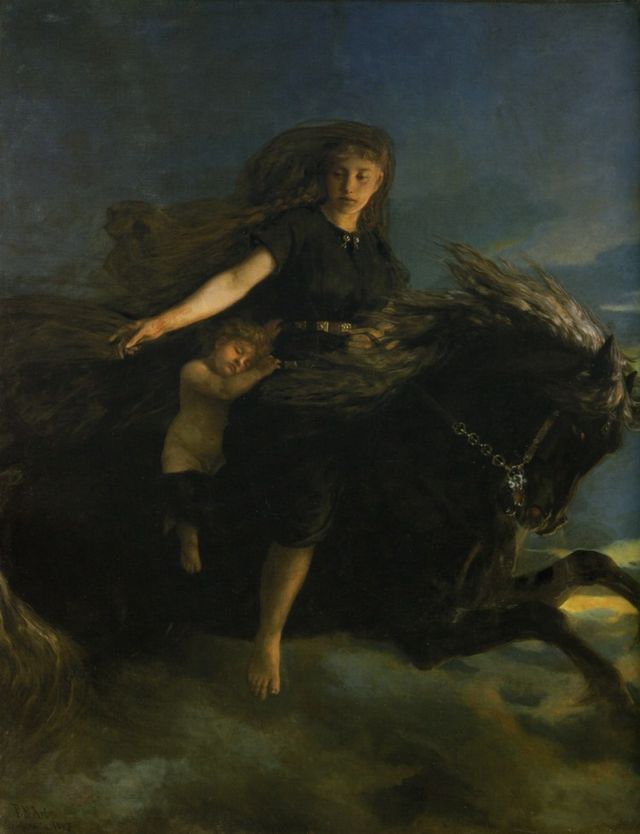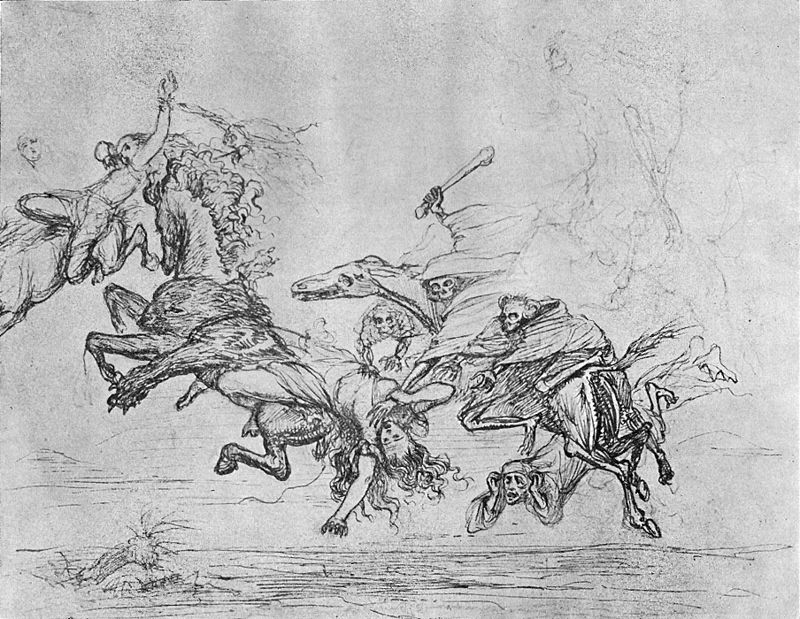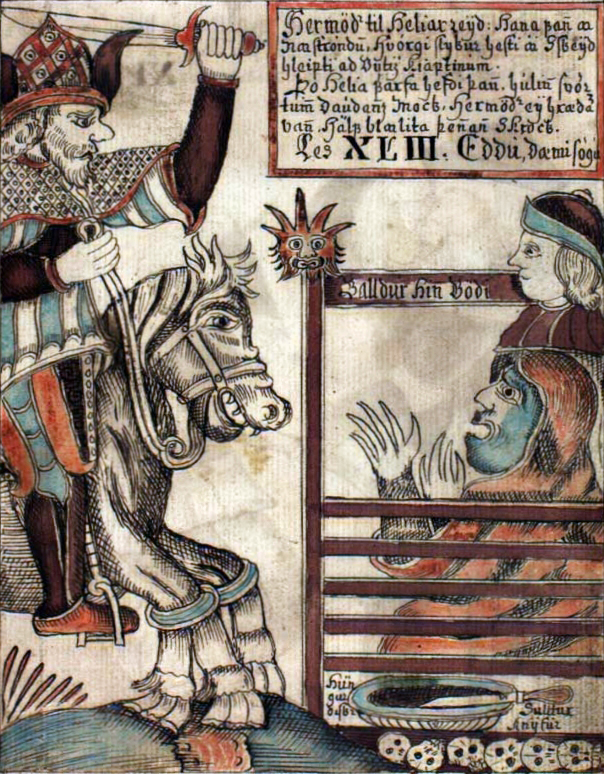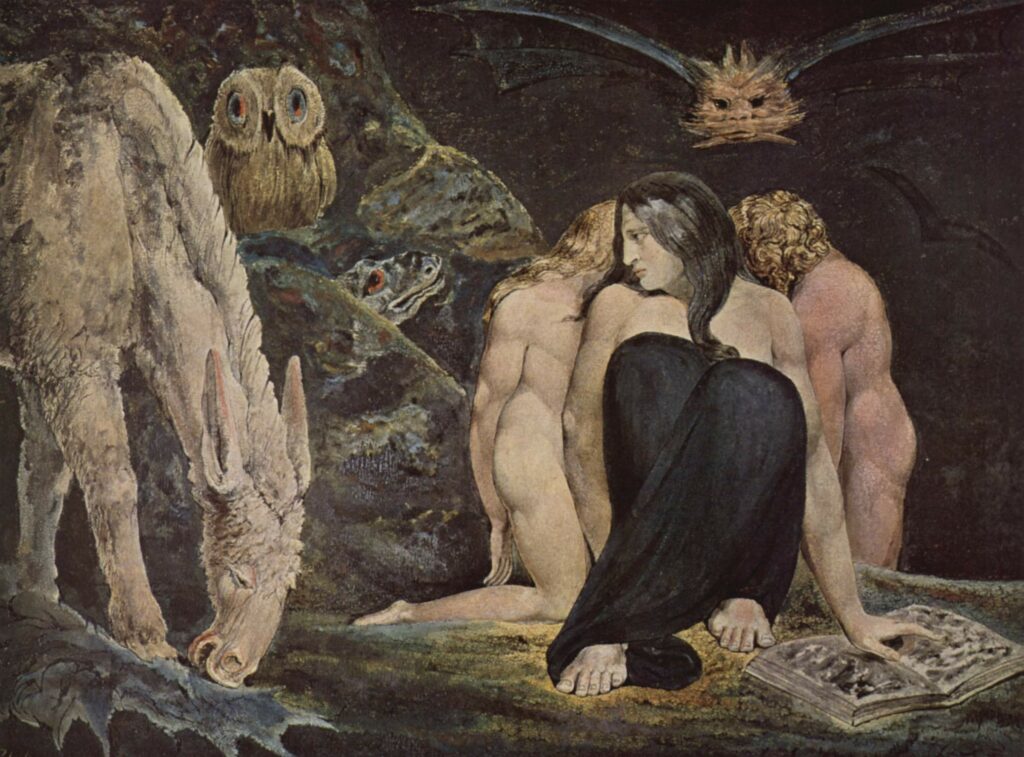
Black. The color of fertile earth, night, and crow’s wings. Black is coal, the darkness of death, the color Mick Jagger wants everything to turn into when darkness strikes him. Eddie Vedder and Amy Winehouse sing it as the color of loss, mutilation, and the end of love. Black bile is what leads to psychotic depression. James Hetfield defined suicide as a fade to black. The Black Death was the plague that decimated a third of the European population in the 14th century. Black are the laces and garments of the patrons of the old Condor, the legendary goth nightclub in Modena (Italy) that no longer exists. Black are the uniforms of students, those of judges, the latex suits of the Torture Garden, and Armani’s suits as well. Black is writing. Black are the darkest depths and most miraculous madonnas. Black metal is one of the most extreme and satanic music genres. There is black magic and there is the black mass. Black is the undifferentiated chaos of the primordial abyss. The devil. The disguised knight. The existentialist of the Left Bank. The puritan. The romantic poet contemplating the storm. The old Sicilian women. The invisible ninja. Edgar Allan Poe’s dark circles are deep black. The dim crime films of the Forties are full of dark shadows. Johnny Cash’s uniform worn in honor of the poor and the beaten down is black, and black is the color of the clothes worn by the femme fatale sung about by Amanda Lear, who loves men and loves stabbing them in the back. Black has been a holy and diabolical color. It has been also reactionary and revolutionary, totalitarian, bourgeois, terrorist, moralizing, and creative. Black is multifaceted and complex like all the things we like. The time has come to declare it, yes indeed, black is our favorite color.
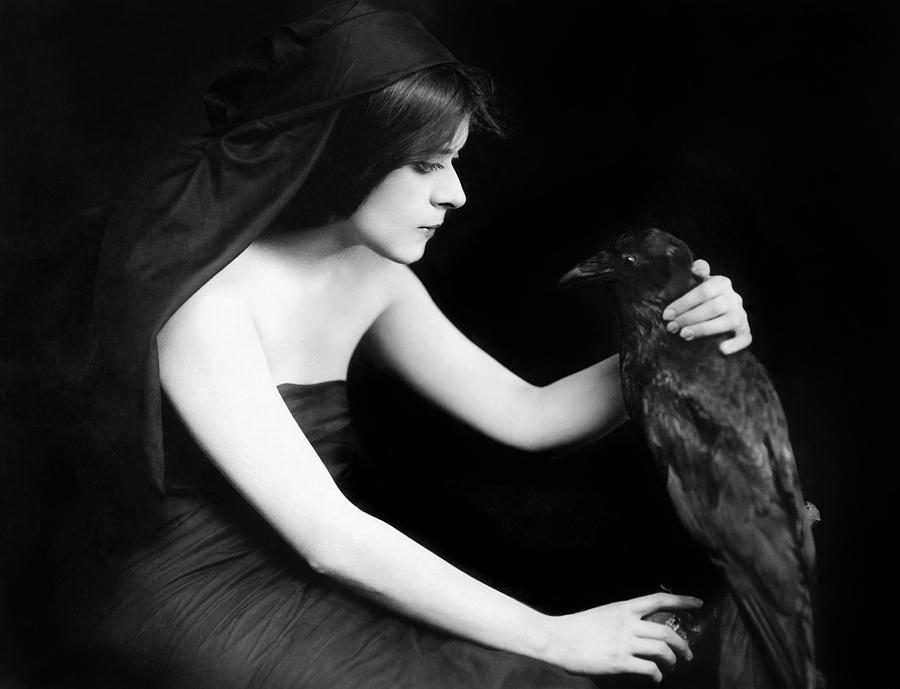 The framework of this article is based on the unmissable essay by Michel Pastoureau, which reconstructs all the social uses of the color black, from religion, art, myth, and writing to fashion, photography, cinema, design, and countercultures. So let’s get started with this fall into the black rabbit hole.
The framework of this article is based on the unmissable essay by Michel Pastoureau, which reconstructs all the social uses of the color black, from religion, art, myth, and writing to fashion, photography, cinema, design, and countercultures. So let’s get started with this fall into the black rabbit hole.
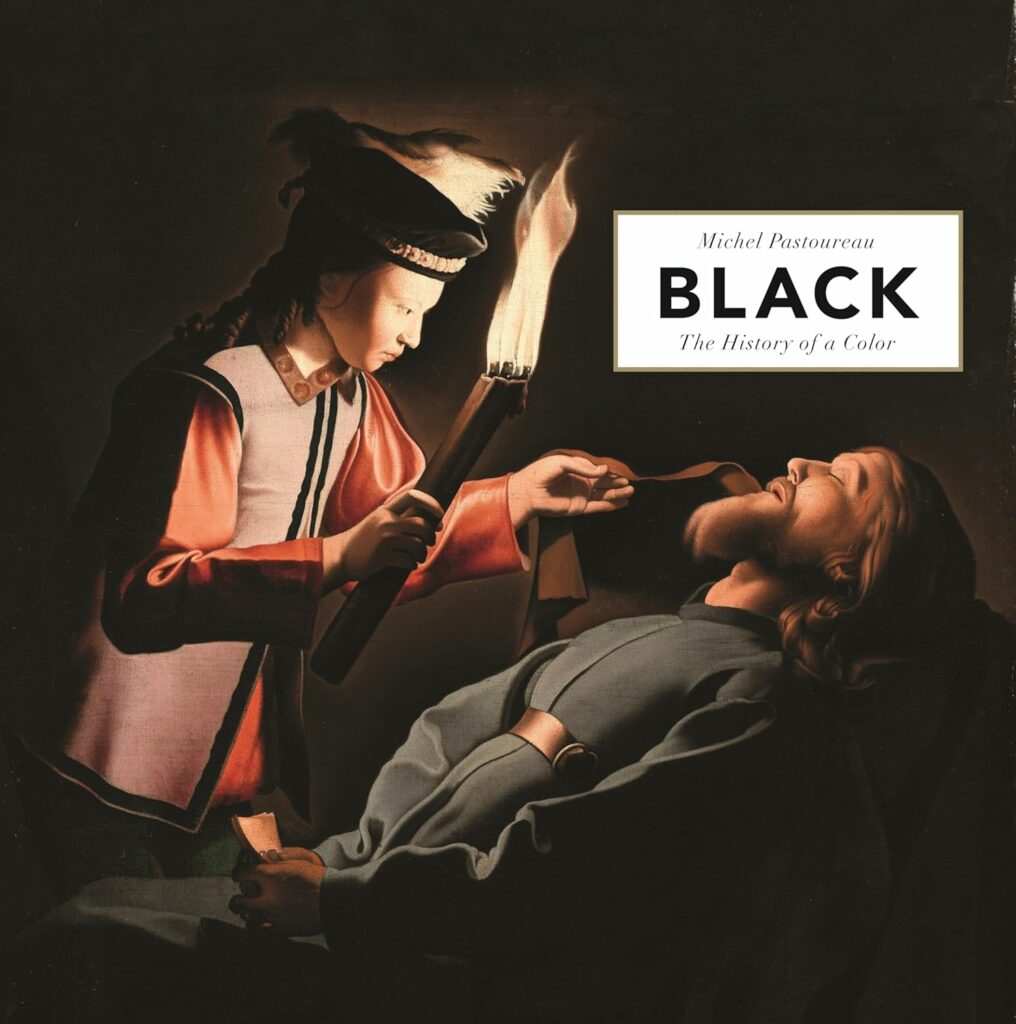
PRIMORDIAL BLACK
Michel Pastoureau declares that “in the beginning was black.” According to Genesis, before God created light, everything was pervaded by this primordial color. Black, therefore, preceded all other colors. Universally, it is easy to imagine that the empty space preceding the Big Bang was black, just as, on a more specific level, the perspective of the fetus with closed eyes inside the womb is black. According to Genesis, God sees that the light is good, and therefore, darkness is not. If we consider the history of religions as a symbolization of humanity’s mentality, habits, and worldview, this biblical episode may stem from the fact that humans have never been nocturnal animals, at least until technology allowed them to turn night into day. Human beings instinctively fear the dark, the realm of great predators and carnivorous monsters, of the specters returning from the formlessness of death, and of the creatures of the unconscious. The upward trend began five hundred thousand years ago when humans began to master fire. The remains of fire provide the first pigments for the cave wall paintings, such as the great bull in the Lascaux cave. Initially, artists burned wood and shells, then, to obtain deeper and more brilliant blacks, they turned to the bones and horns of animals.
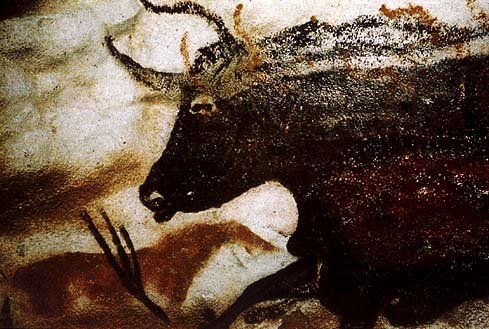 Various representations of the Great Mother are made on black obsidian, and in the dawn of time, black is associated with fertility because it is the color of the earth from which seeds germinate and fruits grow. The first sacred places of humans are dark caves where they find refuge, perform initiation rituals, and store sacred objects and treasures. The cave, therefore, functions as a uterine metaphor of transformation and rebirth.
Various representations of the Great Mother are made on black obsidian, and in the dawn of time, black is associated with fertility because it is the color of the earth from which seeds germinate and fruits grow. The first sacred places of humans are dark caves where they find refuge, perform initiation rituals, and store sacred objects and treasures. The cave, therefore, functions as a uterine metaphor of transformation and rebirth.
In the Neolithic period, small black statues are used in funeral rituals. In Egypt, the contrast is between the black of fertile earth and the red of the barren desert, rather than between black and white. Black is a color of rebirth, like the black head of Anubis, the psychopomp god of embalming. Black is also sacred to Isis.
GREEK NYX BLACK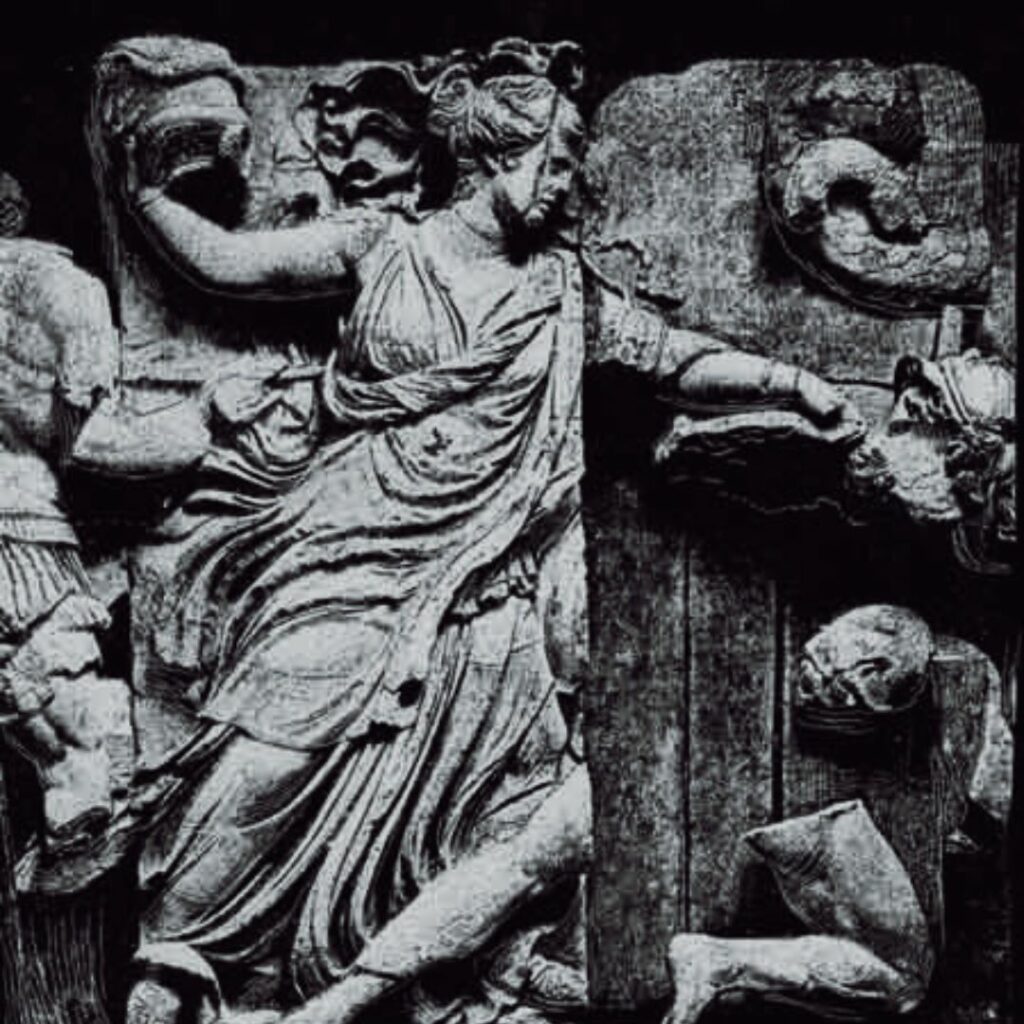
Let us not forget the night, the primordial night of myth. It assumes various names. In Greece, we have Nyx, who in the dark hours traverses the world with a yoke drawn by four black horses. During the day, she retreats to a cave at the far western limits of the world. She is the daughter of Chaos and the mother of Uranus and Gaia, the sky and the earth. Other children of her are the Erinyes, entities persecuting those guilty of shedding blood, the Fates, spinners of human destiny, and also Old Age, Fear, Discord, Anguish, Misfortune, and the brothers Hypnos and Thanatos, Sleep and Death. Phidias dedicated a black marble statue to Nyx, and we see her appear in the frieze of Pergamon. Nyx favors sacrifices of black cattle, as do Hecate, Cybele, Demeter, Kali, and Isis. Near her dwelling is Hades, the realm of the dead, dominated by black, surrounded by the Acheron, a river with swirling, dark muddy waters. Cerberus has a dark coat. The throne of Hades is made of ebony.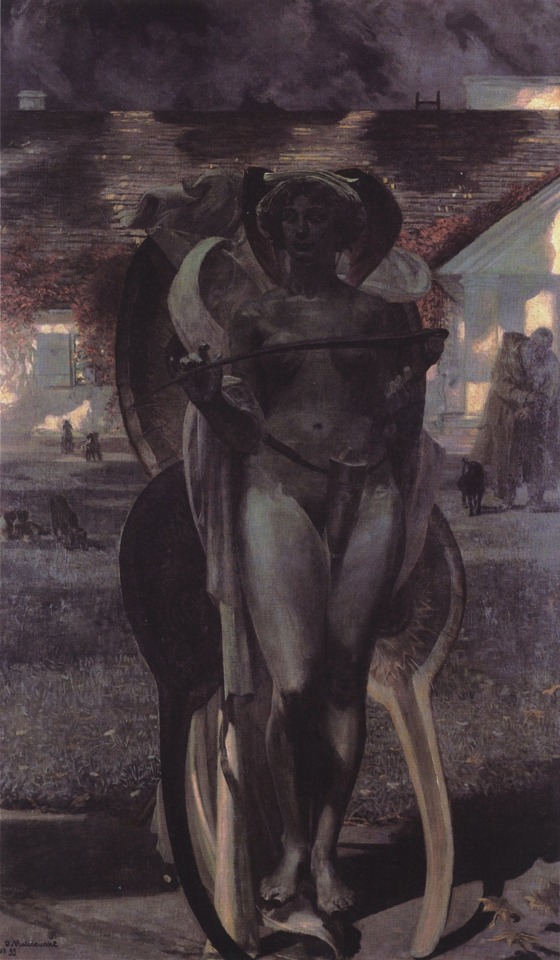
NORSE HEL BLACK
Nott, daughter of the giant Norvi, is the goddess of the Norse night, while Hel is the goddess of the underworld, the afterlife reserved for those who do not die gloriously in battle, who instead go to Valhalla. Hel is the daughter of Loki, the god of deceit, and when she came into the world, humankind knew illness. Her appearance is frightening, combining attributes of darkness with those of the spirit world: half of her face is black, while the other half is livid as if she were a corpse. Despite Odin confining her to rule over a cold and desolate territory, Hel is very grateful to him, loves her realm, and, in return, gives the Norse god two ravens.
These two ravens, Hugin, Thought, and Munin, Memory, scout the world on behalf of the all-knowing Odin, reporting to their master every evening everything they see. The Germanic people worship the raven. The raven is also the protector of warriors, who depict it on weapons, brooches, and banners. The study of the flight of ravens for divinatory purposes is common among both the Germans and the Romans. 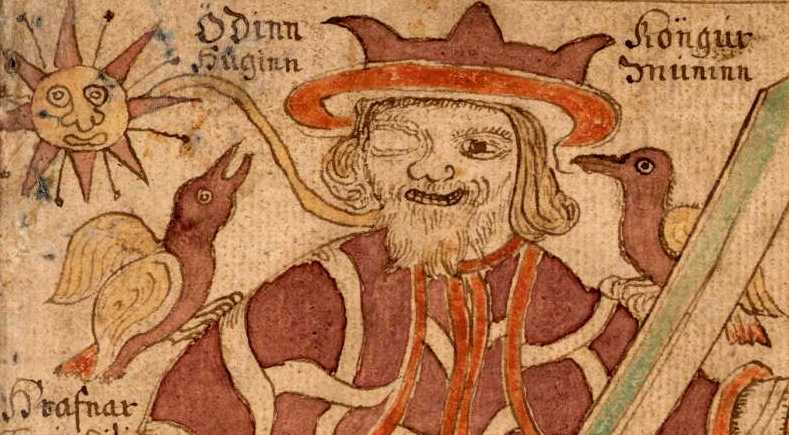
Later, missionaries forbid Germanic populations from eating crow meat and drinking its blood during ritual banquets because, as attested by the correspondence between Pope Zachary and Saint Boniface the Apostle in Germany and Frisia, Christians cannot eat black birds, impure creatures that feed on carrion. Now studies show that the raven is one of the most intelligent animals on earth, often more so than anthropomorphic monkeys, and thus the cerebral connotation of Odin’s two sentinels is not at all unfounded.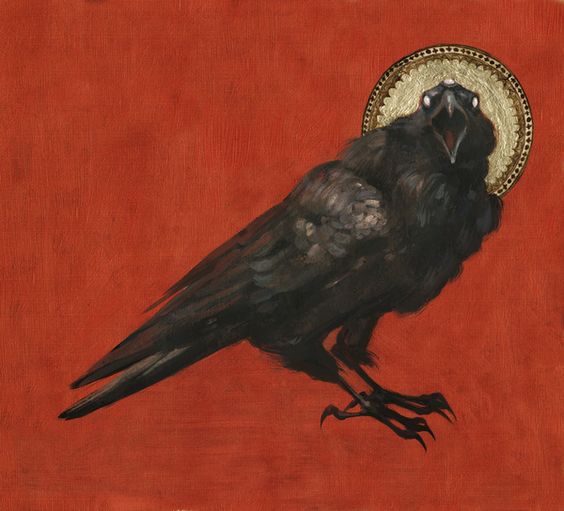
ROMAN ATER AND NIGER BLACK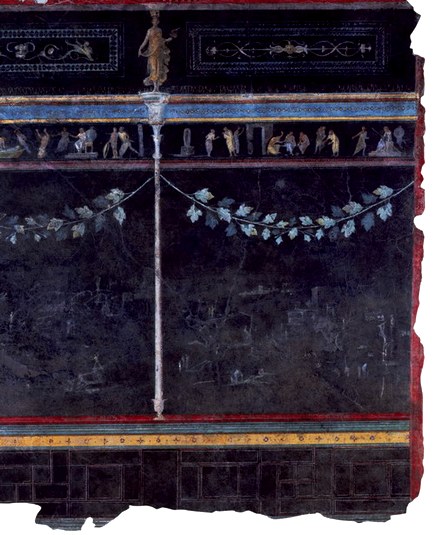
The ancient Romans use duotone for men’s clothing and have several terms to indicate different degrees of white and black. To distinguish one color from another, they considered its degree of light.
The bright and luminous white is called “candidus” – a word that takes on positive meanings in a religious and moral sense. The opaque and dull white, like an eggshell, is called “albus,” from which the word “albino” and the name Albus Dumbledore are derived. Those competing for a seat in the Senate wore a toga whitened with lime, giving rise to the term “candidatus.”
For black, the brilliant black like obsidian is called “niger,” while the opaque and dusty black is referred to as “ater,” which indicates what is dirty, bad, ugly, sad, or atrocious. Black became the color of mourning, with the “toga praetexta pulla” being worn. Poets referred to death as “hora nigra.”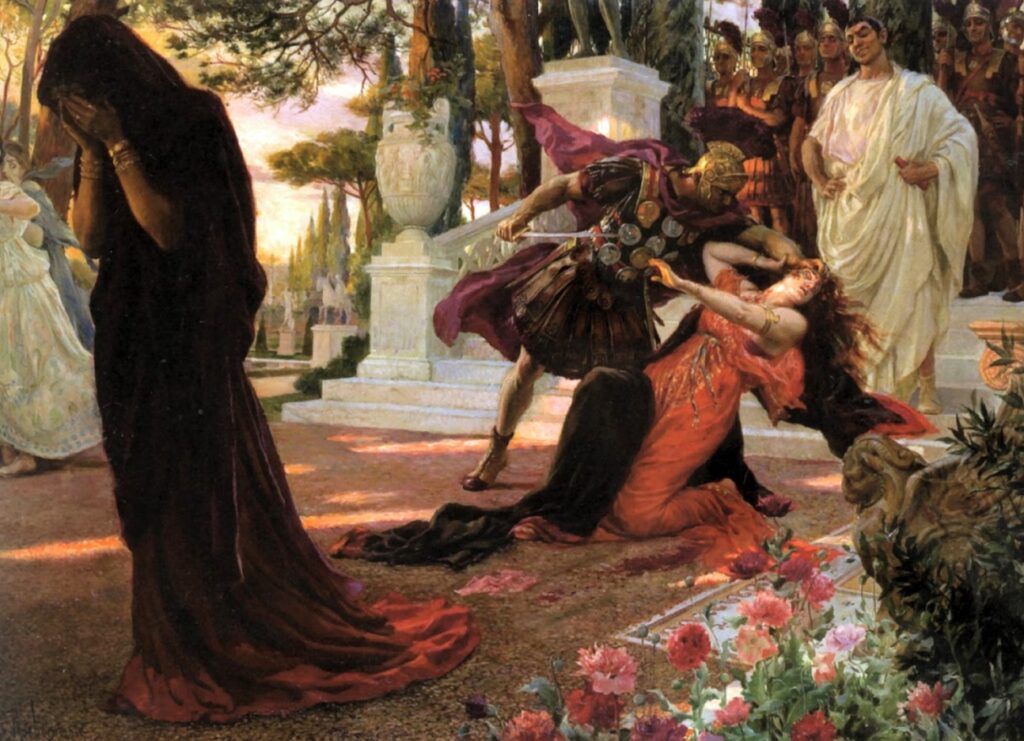
Ancient Romans also loved to paint the walls of their houses in black, as evidenced by the frescoes found in Pompeii. To achieve black pigment, they often used “nero di vite,” a shade of black similar to the color of grapevines which produced bluish and deep results. Additionally, manganese oxide was imported at a high price from Gaul for the same purpose.
_End Of the First Part of TOTAL BLACK_
In the next chapter of this piece, we will investigate the obscure period of the Dark Ages. The very next article will be on the iconography and style of Ian Curtis. Stay tuned!
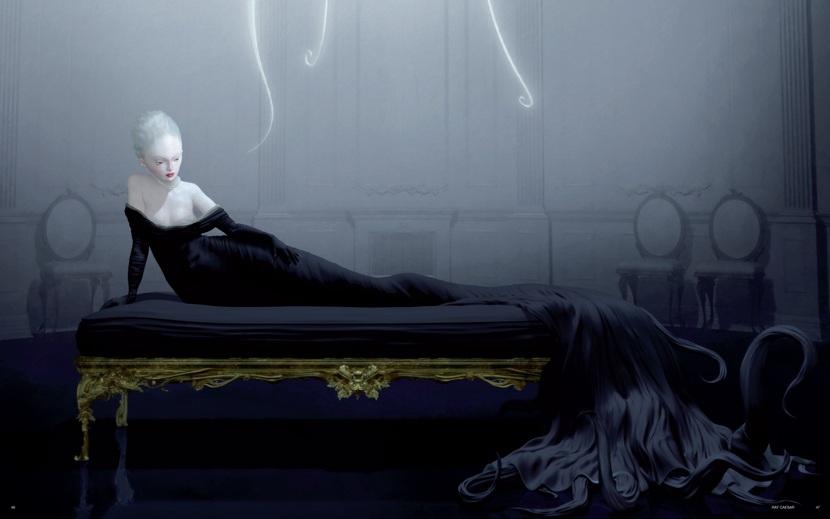
Bibliography
If you enjoyed this article and are interested in delving deeper into the topic, you can find some bibliography in the following links. If you appreciate our content and would like to support the activities of our site, you can make purchases through these links, not necessarily limited to books listed in the bibliography but any kind of item. To do so, simply access the link and then fill your cart. Thanks to everyone!
Michel Pastoureau, Black: History of a Color.
Images credits
William Blake, Hecate, Theda Bara and her stuffed crow, Gustave Doré, Genesis, Great Bull, Lascaux Cave, Anubis during the heart weighing ritual, Nyx on the Pergamon Frieze, Jacek Malczewski, Thanatos, Nott, Peter Nicolai Arbo, Hel of Valkyrien by Ludvig Abelin Schou 1907, Hermóðr rides to Hel on Sleipnir, and meets Hel and Baldr. From the 18th century Icelandic manuscript NKS 1867 4to, The two ravens Hugin and Munin on Odin’s shoulder in the Levr SÁM 66 Island, 1765, Three-Eyed Raven by Audrey Benjaminsen, https://www.audreybenjaminsen.com/ , https://www.instagram.com/audreybenjaminsenart/ Wall decoration of the so-called black triclinium of the Villa Farnesina; around 20 BC , Georges Antoine Rochegrosse The Death of Messalina 1916, Federico-Fellini-Satyricon, Ray Caesar, William Key Portrait of a Lady.
